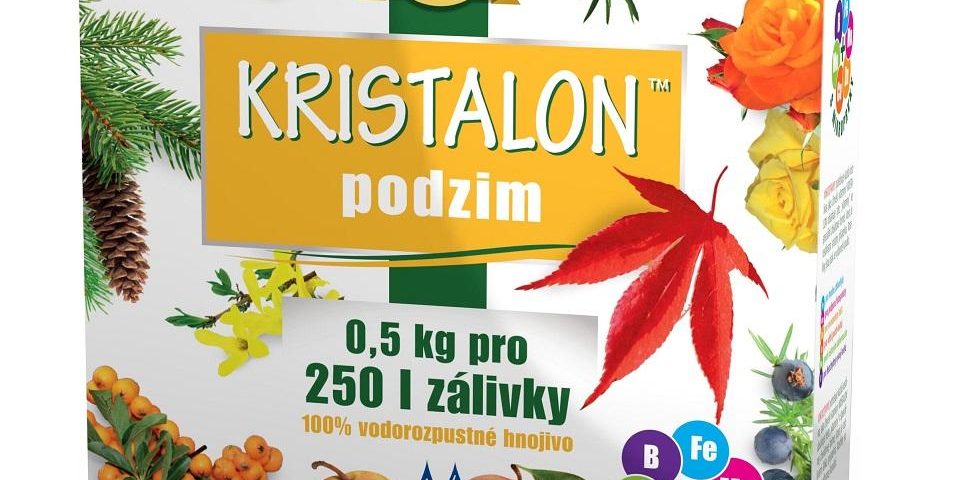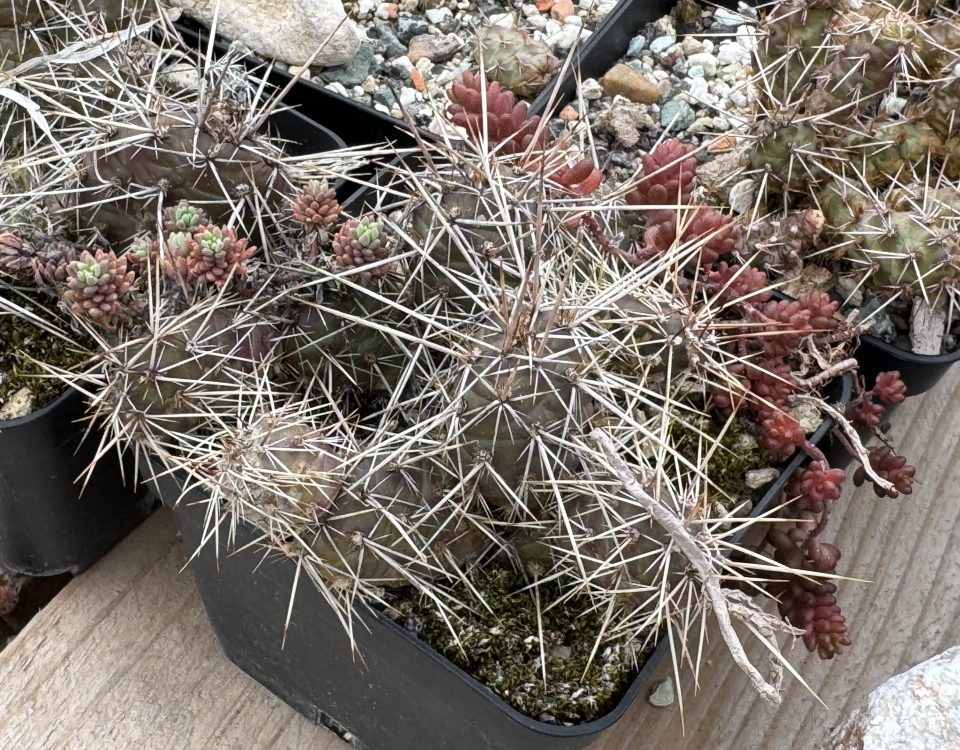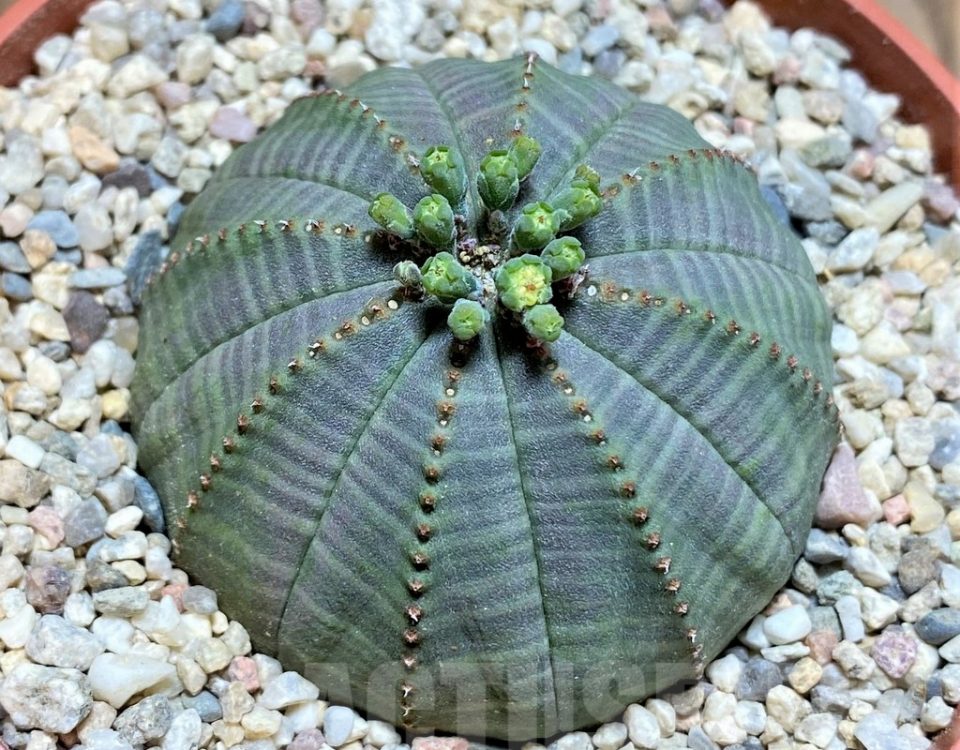Spring is the time when plants awaken from their long winter dormancy, and cacti and succulents are no exception. They begin to grow and develop actively, so it’s important to provide them not only with proper watering but also with sufficient nutrients. In this article, we will share which fertilizers are best for cacti and succulents and provide helpful tips for both beginners and professionals.
1. When to start fertilizing cacti and succulents?
With the arrival of spring, when the plants begin active growth, you should start fertilizing them. It’s important to remember that during the winter period, when the plants are dormant, fertilizers are not needed. However, with the warm weather and the activation of growth, they require additional nourishment.
2. What fertilizers are best for cacti and succulents?
There are specialized fertilizers for cacti and succulents that provide them with all the necessary macro- and micronutrients. It’s important to choose fertilizers that match the specific needs of these plants:
Mineral fertilizers for cacti and succulents: These fertilizers contain high levels of potassium and phosphorus, which promote root development and flowering. They are usually available in powder or liquid form. Mineral fertilizers are quickly absorbed by plants, so they can be used for active growth during spring and summer.
Organic fertilizers: Compost and manure are excellent sources of organic nourishment for plants. They improve soil structure, increase its water retention capacity, and supply plants with necessary elements. However, be cautious as not all cacti enjoy organic additives, so it’s better to use them in small quantities.
Specialized fertilizers for succulents: These fertilizers contain less nitrogen and more phosphorus and potassium, making them ideal for succulents, as they stimulate their growth and development.
3. How to fertilize properly?
Dilute fertilizers in water: Fertilizers for cacti and succulents are usually dissolved in water. Follow the instructions on the packaging to avoid overfeeding the plants. For most fertilizers, it’s recommended to dilute 1-2 drops per liter of water.
Fertilizing frequency: During the active growth period (spring and summer), fertilize once a month. If your cactus or succulent is growing actively, you can increase the frequency to twice a month. However, no fertilization is required in winter when the plants are in dormancy.
Be cautious with dosage: Avoid overfertilizing. Excessive fertilizer can cause root burns, stunted growth, or even plant death. It’s better to fertilize cacti and succulents in smaller doses than to overfeed them.
4. What’s important for professionals?
Regular soil pH control: Cacti and succulents prefer neutral or slightly alkaline soil. It is very important to monitor the pH levels to ensure that the fertilizers don’t alter the soil’s acidity and create unfavorable conditions for plant growth.
Use of slow-release fertilizers: Professionals often use slow-release fertilizers that provide nourishment to the plant for several months. This is an ideal option for consistent feeding without the risk of overfeeding.
Use of micronutrients: For professionals, it’s important to remember micronutrients such as magnesium, iron, and boron. These elements are often missing in standard fertilizers, but their deficiency can lead to deformation and yellowing of the leaves in succulents and cacti.
5. Additional tips for beginners
Be cautious when choosing fertilizers: Beginners are best off using ready-made liquid fertilizers for cacti and succulents, which are easy to use. These fertilizers are specially designed for these plants, and using them requires no special knowledge.
Fertilize at the right time: The best time for fertilization is early morning or evening when the sun is less intense. Direct sunlight after fertilization can cause burns on the plant.
Don’t forget about watering: Fertilizers work best when combined with regular watering. Make sure the soil is moist enough but not waterlogged to avoid root rot.
Conclusion
Spring is the time when your cacti and succulents begin active growth, and the right fertilizers will provide them with the necessary nutrients. By following simple fertilizing recommendations, you can stimulate the health and development of your plants and give them a strong start for the new season





